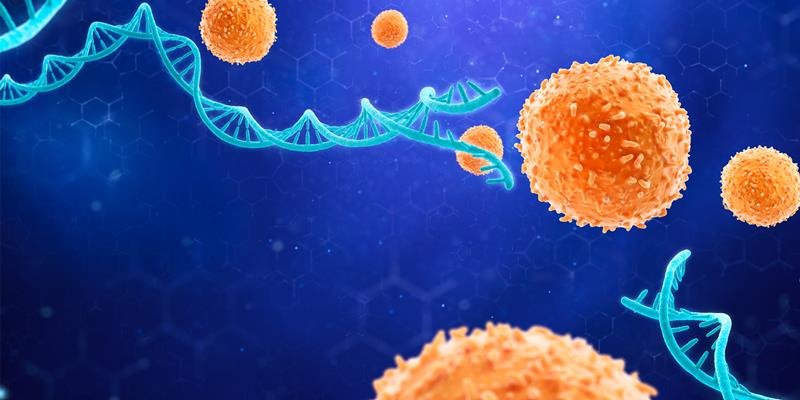

Stem cells are the cells which have an ability of self-renewal and differentiation. In details, they are capable to differentiate into other types of cells depending on the inducers. Stem cells can be categorized into three main groups including
- Embryonic Stem cells is the stem cells which can be found in embryo. Not only can they divide limitlessly, but they can also differentiate into any types of cells.
- Adult Stem cells are stem cells which can be found in adults. Unlike embryonic stem cells, adult stem cells can differentiate into only certain types of cells. For example, mesenchymal stem cells which can be found in bone marrow can differentiate into osteocytes, chondrocytes adipocytes.
- iPSC Stem cells are developed from adult somatic cells which were genetically modified to induce the ability of stem cells.
With these special features of stem cells, many researchers have attempted to develop stem-cell based treatments for many diseases. For example, neural stem cells are researched to be use as a regenerative treatment for neurodegenerative diseases such as Alzheimer's disease and Parkinson’s disease.
References
[1] Zakrzewski, W., Dobrzyński, M., Szymonowicz, M. et al. Stem cells: past, present, and future. Stem Cell Res Ther 10, 68 (2019). https://doi.org/10.1186/s13287-019-1165-5
[2] Worku MG. Pluripotent and Multipotent Stem Cells and Current Therapeutic Applications: Review. Stem Cells Cloning. 2021 Apr 12;14:3-7. doi: 10.2147/SCCAA.S304887. PMID: 33880040; PMCID: PMC8052119.
[3] Aly RM. Current state of stem cell-based therapies: an overview. Stem Cell Investig. 2020 May 15;7:8. doi: 10.21037/sci-2020-001. PMID: 32695801; PMCID: PMC7367472.